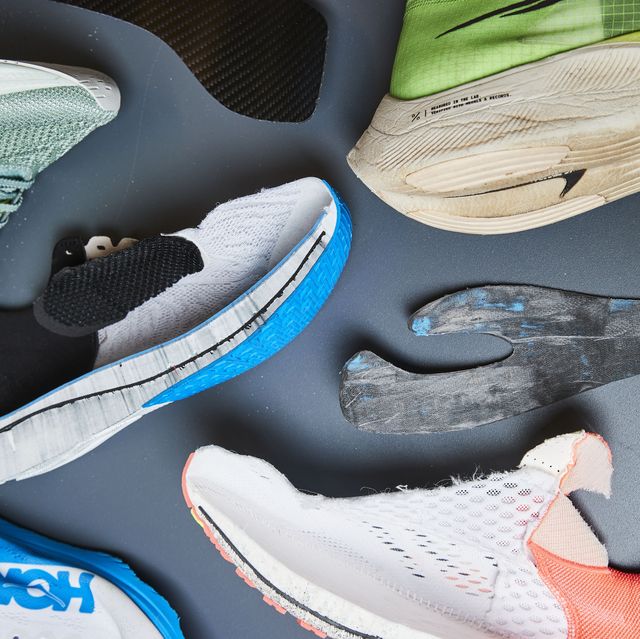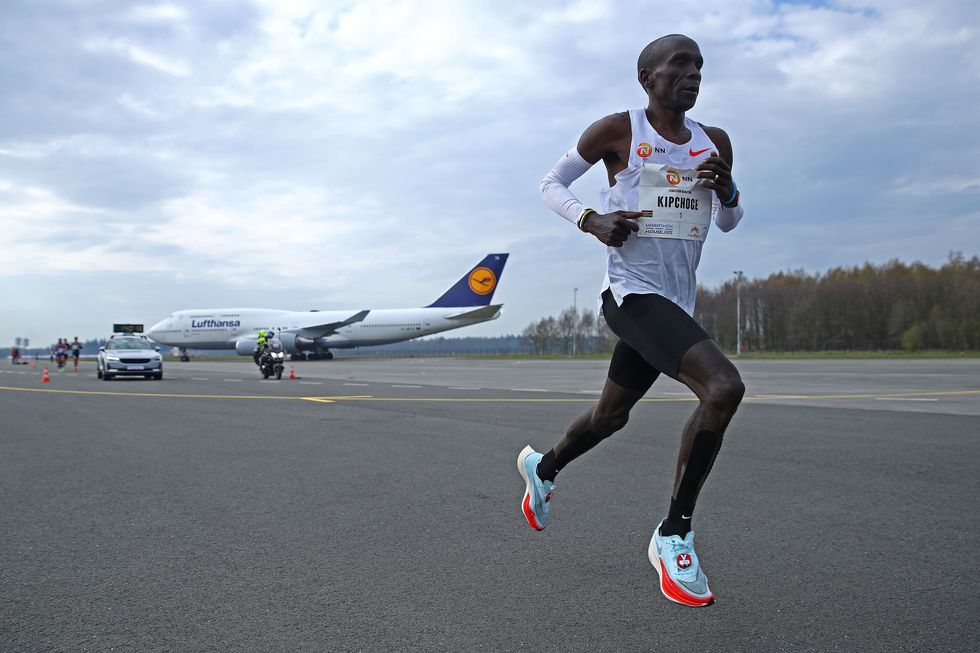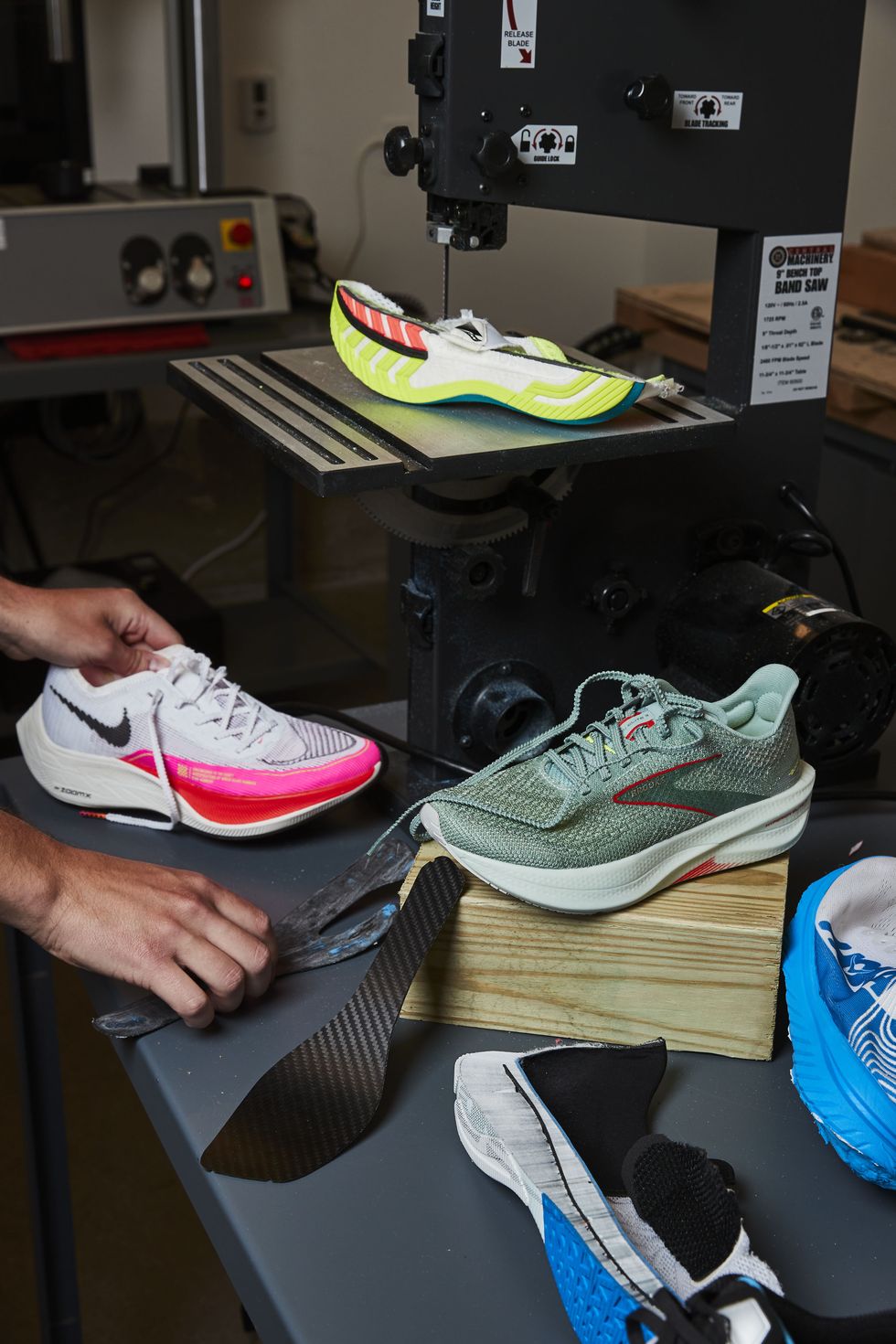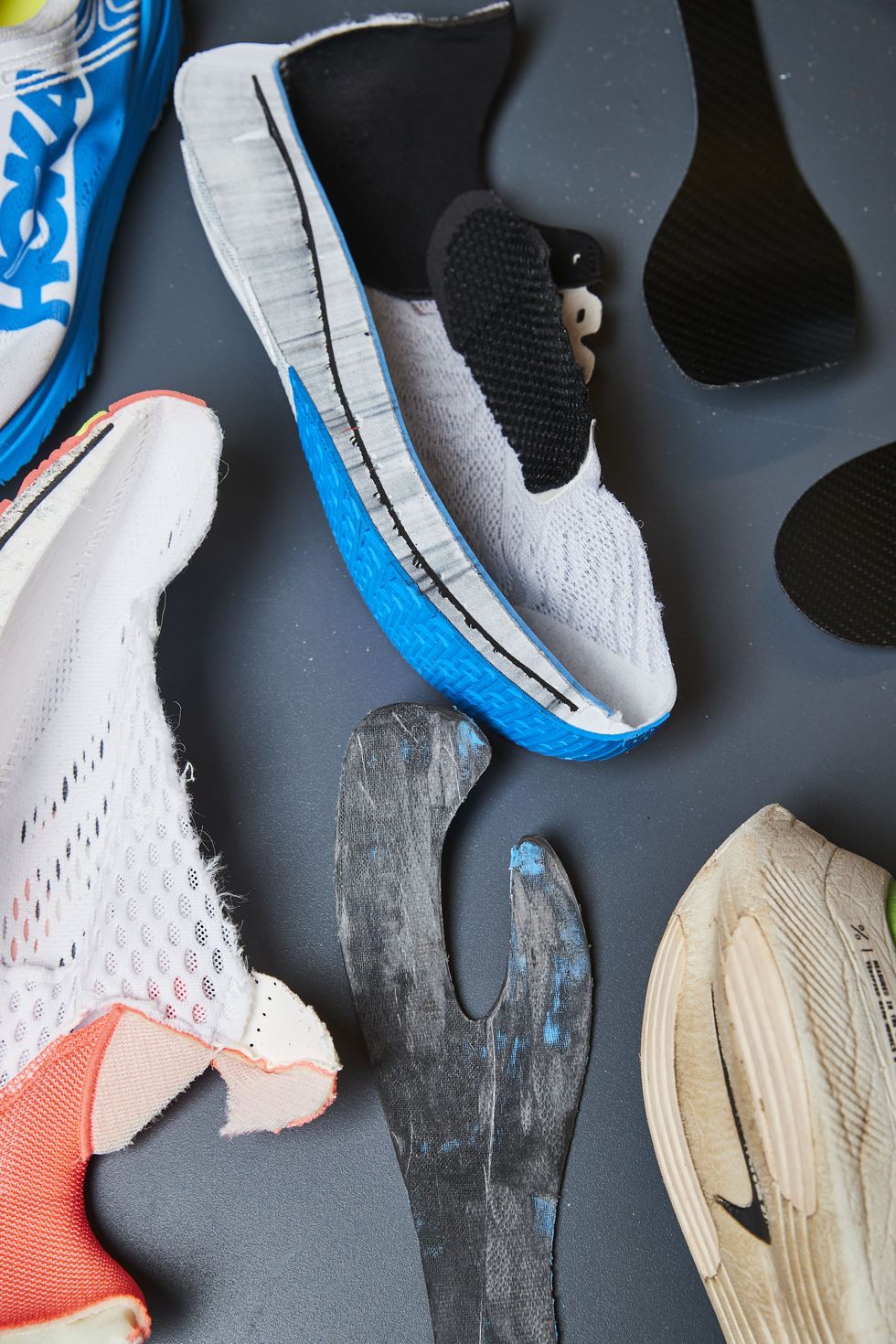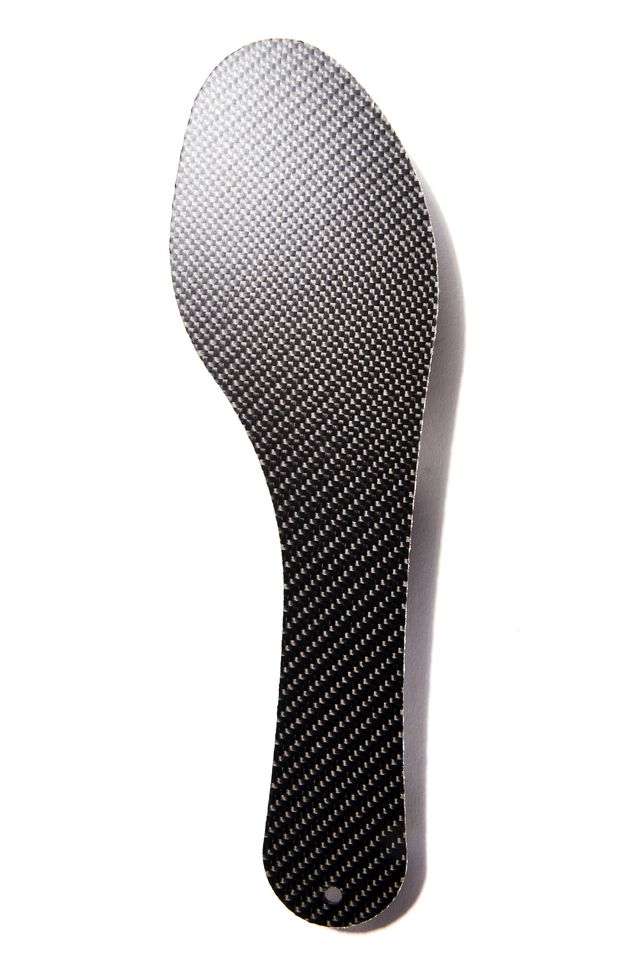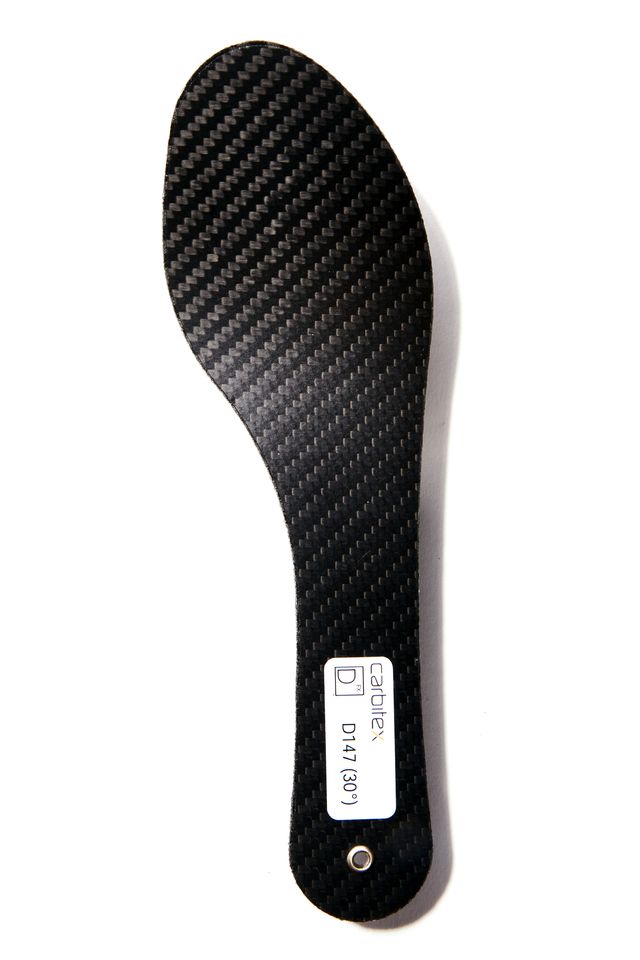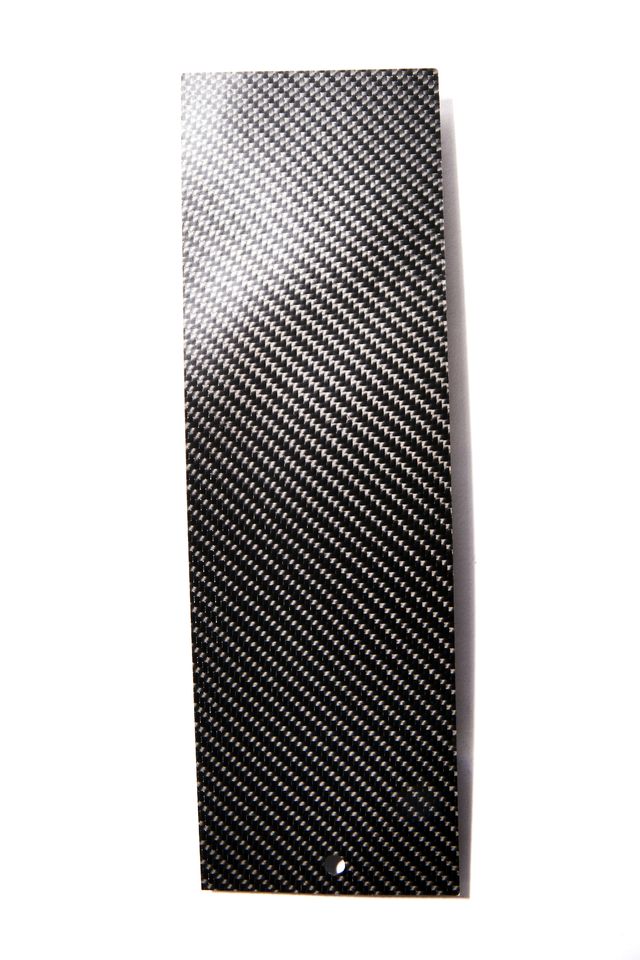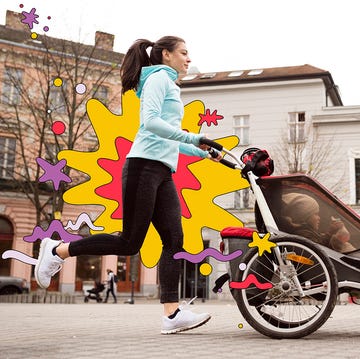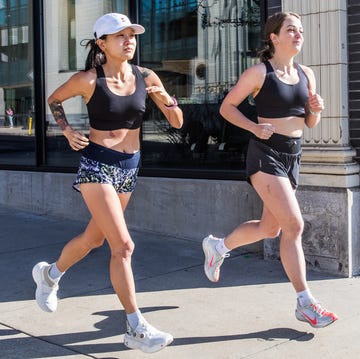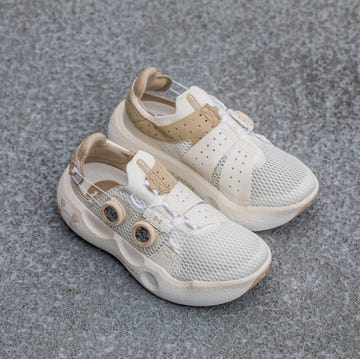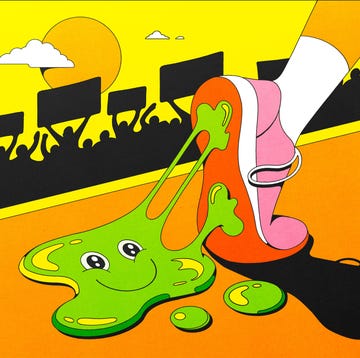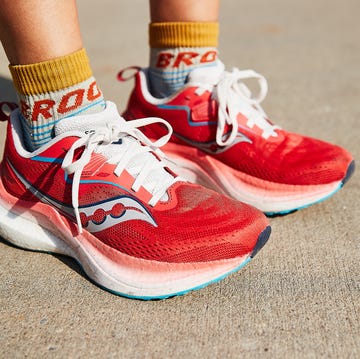Four years ago, Nike launched the Vaporfly 4%, enthralling us with the promise its name implied: a 4-percent boost in running economy. Before the shoe’s release, Eliud Kipchoge wore the Vaporfly while attempting to run a marathon in less than two hours in 2017’s Breaking2 Project. He eventually succeeded two years later in the Alphafly Next%, the Vaporfly’s beefed-up, controversial descendant.
It takes a superhuman like Kipchoge to break what was once thought an impossible barrier, but stats show the average runner can also benefit from running in super shoes. In 2019, Strava data showed runners ran 4 to 5 percent faster in the Vaporfly or Next% compared to runners wearing an average trainer.
Trailing Nike, other brands dove in, releasing their own rendition of super shoes, and adding a smidge of original flavor (e.g., Saucony’s Speedroll tech; the decoupled midsole on the Puma Fast-R). But there are two common denominators these models share: a responsive midsole foam and a carbon-fiber plate. The midsole foam is usually made from a polyether block amide thermoplastic (also known as Peba, or the Arkema-trademarked Pebax). Examples include Nike’s ZoomX, Puma’s Nitro Elite, and Saucony’s PwrrunPB. Compared with standard foam (EVA), Peba is lighter, more compliant, and more resilient.
“Typically, foams act as a cushioning ingredient and plates act as a stiffening ingredient,” said Rebekah Broe, director of product and performance footwear at Hoka, on a video call. The plate limits flexibility, acting as a propulsion agent in the gait cycle. It works in harmony with the responsive foam sandwiching it, thus delivering even higher energy return as you run.
Elliot Heath, Nike product line manager, referred to the carbon-fiber plate as an “enabler.” In constructing the Vaporfly and subsequent models, the Nike running footwear team focused on stiffness and propulsion. The placement of the plate as well as its shape—it has curves like a spoon—enhances your stride’s toe-off.
The plate in Hoka’s road racing models, for example, is fork-shaped and sits closer to the heel. It curves higher in the rear of the shoe and swoops down closer to the ground in the forefoot. “Its offset helps reduce energy loss at the ankle joint and increases stiffness to reduce energy loss at the big toe,” said Broe. “It gives you this balanced ride because you have really soft compliant foam under the foot.”
Hoka released a carbon-fiber trail shoe, the Tecton X, earlier this year. We dissected its midsole in “The Cut Up” last issue, revealing two parallel plates to allow dexterity over obstacles while still providing that propulsive stiffness. The ski-like plates are markedly different from the wishbone-shaped single plate in Hoka’s road racing shoes. Broe said Hoka worked with carbon-fiber vendors to finesse and mold the plates to meet the shoes’ specific needs.
Broe was evasive about which carbon-fiber vendors Hoka uses, withholding that specific information. As predicted, Nike also dodged the question, with Heath stating, “We’re not really in a position to talk exactly about our manufacturers, but all of the initial research and building is done here at Nike campus.”
At The Running Event in Austin, Texas, last November, I met with the carbon-fiber manufacturer Carbitex. Founded in 2010, the company shifted its focus to footwear about five years ago. Shoe brands, including Adidas, Altra, and Scott, are listed on Carbitex’s site.
Carbon fiber is valued not only for its stiffness to encourage propulsion but also because shoe manufacturers can control flexibility. The human foot, Carbitex founder Junus Khan explained on a video call, is asymmetrical; its tendons and ligaments change in stiffness based on need. The malleability of Carbitex’s plates allows the foot to bend in its natural way while providing stability and the prized propulsion PR chasers crave. “When it comes to sporting equipment, how do you create technology that helps augment people’s natural performance?” asked Khan. “The traditional carbon-fiber plates in shoes kind of tell you how to run because it’s a fixed rigid plate.”
Carbon fiber, according to Khan, has been around for only about 50 years. It’s still the new kid on the block in terms of usage. It’s implemented in a host of sectors, from military aerospace to backpacks. Khan describes Carbitex’s role working with shoe brands as “the best supporting actor,” not the main event. The relationship is built on independent research, data, and athlete testing.
Carbitex’s Three Plate Technologies
Khan’s team is currently working on a plant-based carbon-fiber material. The next phase for carbon-fiber-plated footwear is making it more accessible, Khan said, pointing to Vibram, Gore-Tex, and Boa as examples. “They’re still premium but have found their way into products that are able to benefit a wider population,” he said. “That’s not necessarily what people think about when they think of technology development, but to enable new technology to come down in price requires a whole different type of engineering.”
It’s still too early to know the long-term effects of running in shoes with carbon-fiber plates, but there’s some concern that overuse could weaken a runner’s foot muscles. Conversely, a study at the University of Calgary found that stiffness improved foot biomechanics, potentially staving off MTP (metatarsophalangeal) joint injury, turf toe, and other ailments. Still, another study conducted at the Georgia Institute of Technology found that there was no improvement in running economy when carbon-fiber plates were added to shoe soles.
Only time will tell which party is correct. It should be noted, however, that the plate is only one part of the equation; everything must work in concert for the ultimate running experience. “You can have a great shoe that has one bad feature that throws everything else off versus having a bad shoe with one awesome feature that is not going to fix it,” said Khan. “People ask, ‘What is the secret?’ And the secret is the sum. The sum is greater than the parts.”
Amanda Furrer, Runner’s World test editor, studied journalism at NYU and writing at Emerson College. She has reviewed gear and covered other topics in the running space for almost 10 years. Since 2013, she has consecutively run the Boston Marathon. She also has a master’s degree in gastronomy from Boston University and was formerly a professional baker for two years before hanging up her apron.
